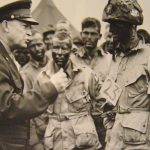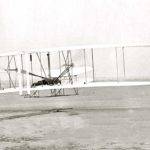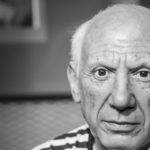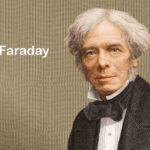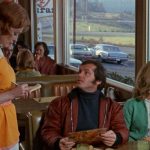Go to Starbucks and Learn the Creative Power of Seeing
Quick, the last time that you walked out of Starbucks, what did the sign above the door say?
You have walked out that door a hundred times.
The sign says: “This door to remain unlocked during business hours.”
That sign is supposed to be above every door (by law), and the point of this exercise is that we can all be more observant, and seeing is the key to creativity.
The next time that you read that sign above the Starbucks door, ask yourself what other things are you missing? What is the shape of the grill on the front of your car, the pattern on your front door or the eye color of a colleague?
As an example, the the captain of the Titanic could have “seen” the killer icebergs as floating islands, next to which he could park his ship and unloaded his passengers. He could have seen his foe, as a friend.

During WWII, the captain of a rapidly sinking ship (that had been torpedoed), saw his huge ship like the landing craft that were driving up on the beach to unload soldiers on the shores of France.
Then, he drove his sinking ship onto the shore and saved the lives of hundreds of men trapped below deck, and those who would have perished in the fridge waters.
The captain of the ship was being creative on two counts, he was observing and then borrowing what he saw.
Picasso said, “Good artists copy, great artists steal.”
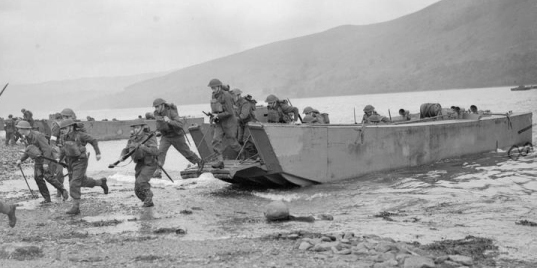
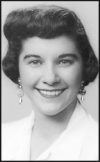 Alexander Flemming observed that penicillin mold growing in a dish was killing bacteria, and that observation saved millions of lives one of which was my mother dying of an infection from a burst appendix.
Alexander Flemming observed that penicillin mold growing in a dish was killing bacteria, and that observation saved millions of lives one of which was my mother dying of an infection from a burst appendix.
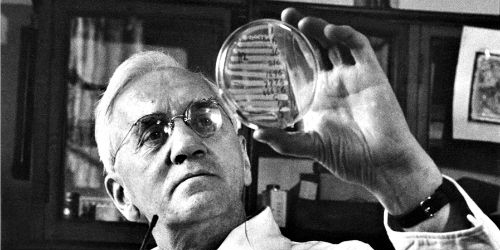
James Watt observed steam moving the flapper of a tea kettle spout, and he wondered if that movement could be harnessed to power a machine. That observation started the industrial revolution which was powered by Watt’s steam engines.
 Think of your brain as a sponge, and soak it up with as many different ideas and experiences as possible. Read a newspaper everyday, travel to another country, meet different people. Einstein played the violin, attended operas and was a voracious reader.
Think of your brain as a sponge, and soak it up with as many different ideas and experiences as possible. Read a newspaper everyday, travel to another country, meet different people. Einstein played the violin, attended operas and was a voracious reader.
Like the greatest creative minds, we need to be more observant, and expose our brains to new things.
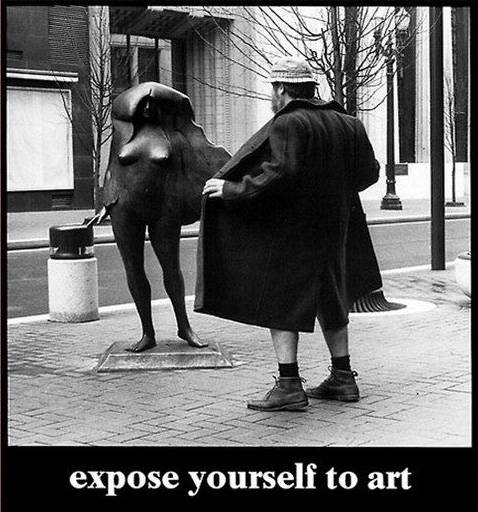
Bud Clark, Mayor of Portland, 1978
The key to creativity is that by being observant and collecting information of all kinds (art, history, literature, music, etc.), then our brain will be like a sponge soaked with information that we squeeze out in a creative ways to solve problems.
As an example, Steve Jobs credits the typefaces in the Macintosh to his calligraphy class that was taught by a Trappist monk.
Your observations collect the raw material, or the sand for your creativity. You can’t create a magnificent sandcastle without sand, and you can’t create the Taj Mahal without marble.” — Curtis Panasuk

Set a goal of observing three new things every day, and asking three new questions, and make sure that you are learning and exposing yourself to new things.”
When my children were young, I had a ‘one bite rule’ at dinner to help them sample new things, please extend this to your life, with a ‘one bite rule’ to sample new things every day.”
You can even observe things by doing “time travel.” Can you Name the US President with the British Accent?
Strengthen your creative muscle today. Expose yourself to something new every day to cross-train your brain. Your brain needs to be in the best shape possible so that you can perform at your most creative level.
 Grow your brain by giving it new challenges every day. Live a life in which every year is unique for 30 years, not a life of one year repeated 30 times.
Grow your brain by giving it new challenges every day. Live a life in which every year is unique for 30 years, not a life of one year repeated 30 times.
You cannot generate new brain cells, but when you expose yourself to new things, you make your brain stronger by increasing the number of cross links between brain cells.
Finally, be different with all your heart, because being normal is nothing to brag about.”
P.S. I wrote this while having a cup of coffee at Starbucks.
curtisp@creativity-workshops.com











